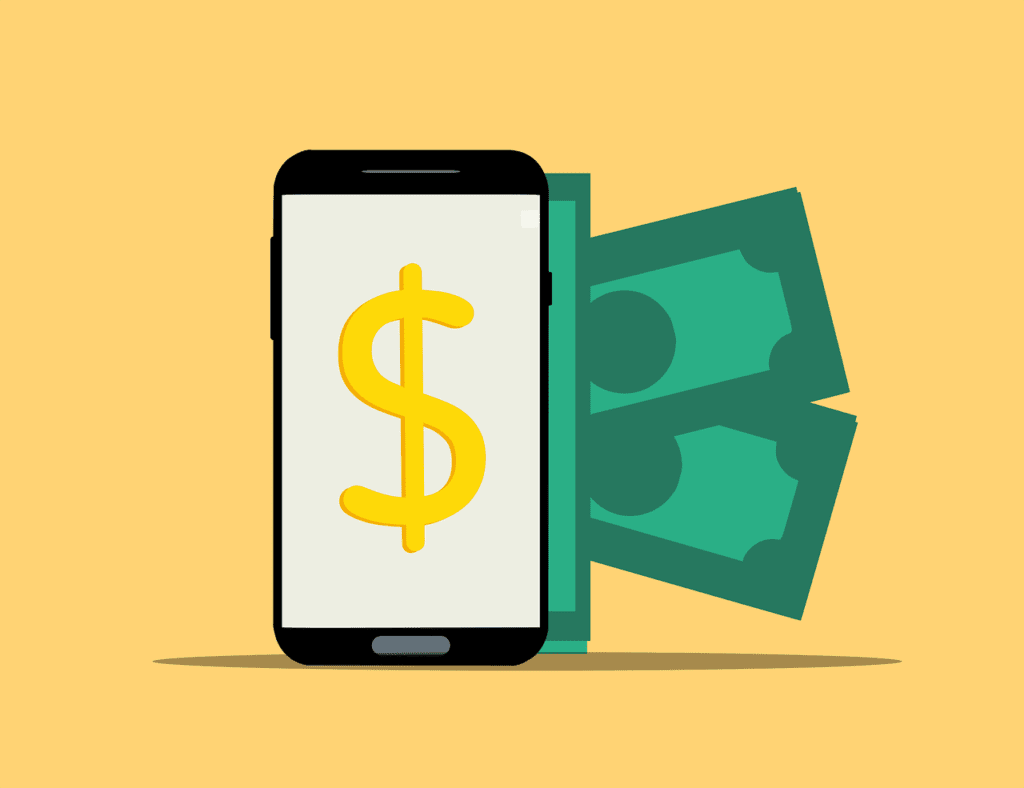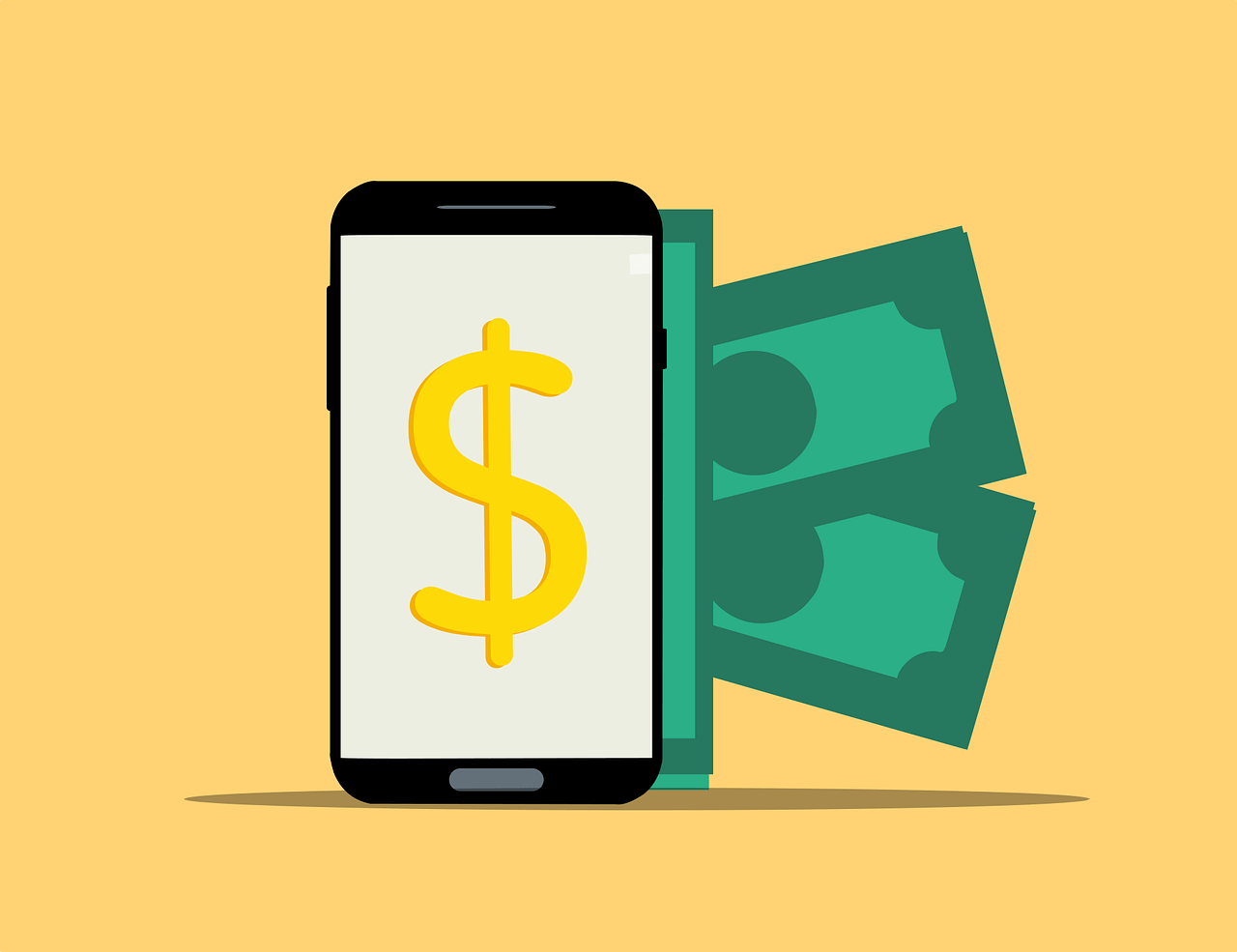
Some of the most astounding advancements in the finance sector continue to be digital wallets (or e-wallets). Throughout the past several years, the adoption of e-wallets has been indisputably considerable due to their rapid and simple payment process.
Digital wallets are, to put it simply, financial technology solutions and a means of payment that provide users with a cashless environment. On their mobile app, users can save money, which they can then spend for both offline and online transactions.
As digital wallets continue to become more and more popular, new companies are joining the market and providing unique features and advantages. Learn about the six trends in digital wallets and how they’re going to impact our financial lives in 2023. Let’s dig in!
The Status and Reputation of Digital Wallets in 2023
It’s safe to assume that the use of digital wallets will continue to grow for a number more years. According to a survey, the number of people using digital wallets will increase by 2025. In 2021 only, digital wallets were used for transactions totaling $15.9 trillion, according to Worldpay’s “Global Payments Report 2022”.
Digital wallet companies will be able to improve their services thanks to the development of AI tools. As cashless transactions using digital devices gain popularity, particularly among younger age groups, who tend to conduct most of their purchasing on the Internet, as well as engaging in their favorites pastimes on the web as well (playing games, betting on sports through operators by the link who allow you depositing and withdrawing funds via Skrill, etc.), there will be more users.
New digital wallet suppliers are hitting the stage alongside major expanding financial industry giants like Apple Pay, AliPay, and, of course, Google Pay. Even though each e-wallet is distinct in its way, they all have a few common qualities, such as:
- layers of protection;
- simple sign-up and log-in;
- the use of credit or debit cards in integration;
- virtual money storage;
- rewards for their customers.
Many online and offline retailers as well as e-commerce platforms now accept payments through digital wallets. To help consumers learn, they even offer explanatory films. It helps them provide better service and maintain their relevance in the modern digital world.
6 Digital Wallet Trends for 2023
The year 2023 will continue to be a challenging year for digital wallet businesses as they continue to create new features. What, however, would be the upcoming fashion for digital wallets?
Let’s explore the main discussions in more detail. The six tendencies that will likely continue to grow during the year and possibly into the future are listed below.
# 1 Virtual Cards
Virtual cards are probably going to be the major component of the digital wallet. There are two possible variations. Digital wallets might include their proprietary virtual cards or let users add debit cards or credit cards.
You must add money to a virtual card to utilize it. While it functions similarly to traditional cards, all transactions are carried out using mobile devices. A 16-digit card number, expiry date, and CCV security code are also required.
# 2 Crypto Wallets
Cryptocurrencies have emerged as trendsetters in a digital culture despite their extreme volatility. Bitcoin, Ethereum, and other cryptocurrencies are being used by an increasing number of people and companies for transactions and investments.
Numerous crypto wallets are emerging on the market as a result of their fame. They help people conduct business and make investments safely. From 6.7 million in the first quarter of 2016 to 34.6 million in the first quarter of 2019, the number of users of Bitcoin wallets increased dramatically.
# 3 Smart Voice/Speakers Payment
Discussions concerning Alexa’s, Siri’s, and Cortana’s potential role in payments have been going on ever since they became commonplace. Almost 126 million adults in the U.S. utilize voice assistance at minimum once each month, or close to 50% of all customers.
Before Google and Apple followed suit, Amazon was one of the first companies to offer its customers a smart voice wallet. Voice assistants have made it easier and easier for people to send and receive money and make purchases.
The use of digital wallets is projected to increase further if the practice of shopping via smart speakers continues. Using voice commands to make minor payments, such as for groceries, bills, and public transit, tends to make people feel more comfortable.
# 4 Buy-Now-Pay-Later
The buy-now-pay-later (BNPL) solution is one particular digital wallet trend that we anticipate will continue to grow in 2023. According to studies, among the explanations BNPL is becoming even more well-liked is because of problems with inflation, which hit the majority of the globe in the last year or so.
According to similar studies, the BNPL will generate $300 billion in transaction value. By 2026, the figure will probably have increased to $576 billion. Moreover, the major expenditure for BNPL transactions is food buying.
A novel purchase experience is provided by BNPL. Products can be purchased by customers via installment payments. Even better, this sort of installment typically has no interest and offers flexible payment terms.
# 5 Social Commerce
Today, social media continues to set trends. Social media networks, which have millions of active users, are constantly adding new features, like shoppable posts. Digital wallets are being used on a growing number of platforms as a payment option to give customers the best possible purchasing experience.
Customers can quickly make purchases at any moment by tying their digital wallet profile to social media. In actuality, 25% of users shop on social media networks. This trend has the potential to increase social media revenues by $1.298 billion.
# 6 Biometric Authentication
Users’ valuables in their digital wallets may benefit from additional layers of security provided by biometric authentication. Biometric authentication is widely used in digital wallets to increase security and stop online fraud.
Digital wallets are vulnerable to data misuse and theft in the absence of a top-notch security system. Sensitive information that’s regularly used in online payments will be secured by biometric verification and saved in the user’s wallet.
Users require personal information, for instance, while making purchases or reserving lodging. Typical methods of biometric verification include:
- palm scan,
- fingerprint scan,
- facial recognition,
- retina recognition.
Key Message
In a computerized culture, digital wallets will be a part of our lives and help us manage our finances better. Several of the aforementioned tendencies are carryovers from earlier years. To offer seamless and safe transactions, they might need more improvement. You might not need to travel with cash or plastic cards in 2023 or later. You need to make numerous clicks to complete offline and online payments because digital wallets are available through mobile devices and smartphones.




Leave a Reply